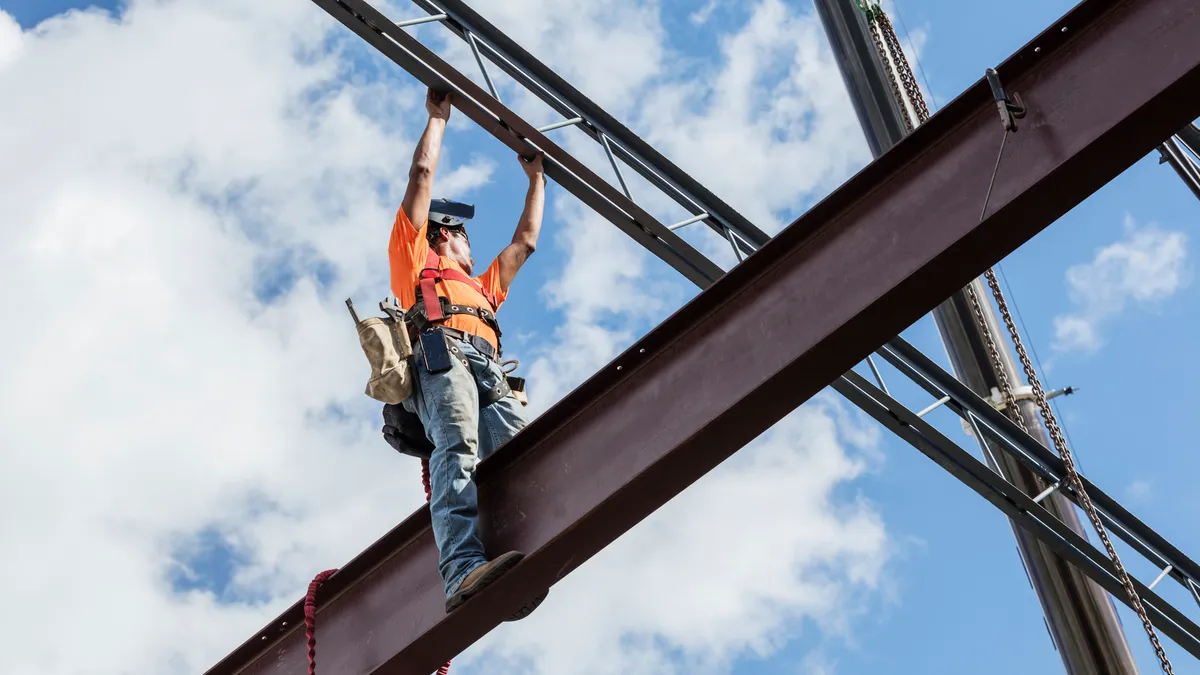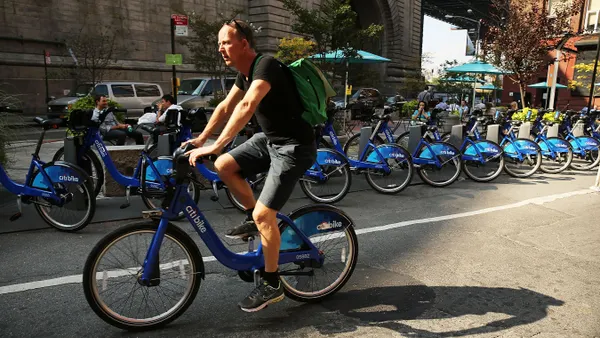The pressure is on for state and local government leaders: The future of American infrastructure lies in their hands, to a large extent, as they decide over the next decade how to invest more than a trillion federal dollars from the 2021 bipartisan infrastructure law and Inflation Reduction Act, said researchers and advocates on Thursday at a Brookings Metro event.
Delivering the “infrastructure decade” is no simple task, according to Brookings Metro Senior Fellow Adie Tomer. “Money is flowing, grant applications are live, private capital is ready to move,” he said. “But there are real constraints to achieving public goals.” Challenges he named include a shortage of workers in the skilled trades, division within communities regarding how funds should be spent and inflation and higher interest rates “eating into project budgets.”
Tampa Mayor Jane Castor highlighted the strategies her city is using to navigate these challenges. To address the workforce shortage and cut costs on infrastructure projects, the city is training and growing its own staff, Castor said. For example, a recent repaving contract would have cost $250,000 if it had been outsourced, but it was completed in house for almost half the price, at $132,000.
Another challenge is that large infrastructure projects can be “incredibly disruptive for neighborhoods and businesses,” causing street closures and taking months or even years to complete, Castor said. “To the local municipalities, I cannot emphasize enough how important communication is,” she said. Tampa requires contractors on large infrastructure projects to have communications teams that knock on doors, meet individually with residents and provide project updates.
Other speakers at the event also urged local governments to engage with communities to understand their needs and advance equity. That said, they were skeptical that the new funds will result in greater equity. A majority of federal infrastructure dollars are doled out through existing funding streams that “were never built for innovative, people-centered work,” Natural Resources Defense Council Chief Climate and Infrastructure Strategist Shelley Poticha said.
“I'm seeing states across the country, just [say] ‘Oh my God, I get to finally build that bypass freeway,’ even though we all know that kind of infrastructure is last century, not forward-looking,” Poticha said.
The massive influx of federal investment will lead to gentrification and displacement, and it’s crucial that local government leaders focus on not only economic growth but also community benefits, said Judith Dangerfield, managing director of the Racial Equity Governing Agenda at the research and advocacy organization PolicyLink.
“The last time when we did this, we harmed communities,” Dangerfield said, referring to previous major U.S. infrastructure investments. “Fixing that harm is not a benefit. That's debt service. We have to do that first, and then move to the benefits and the innovations that we bring into all of the communities.”











